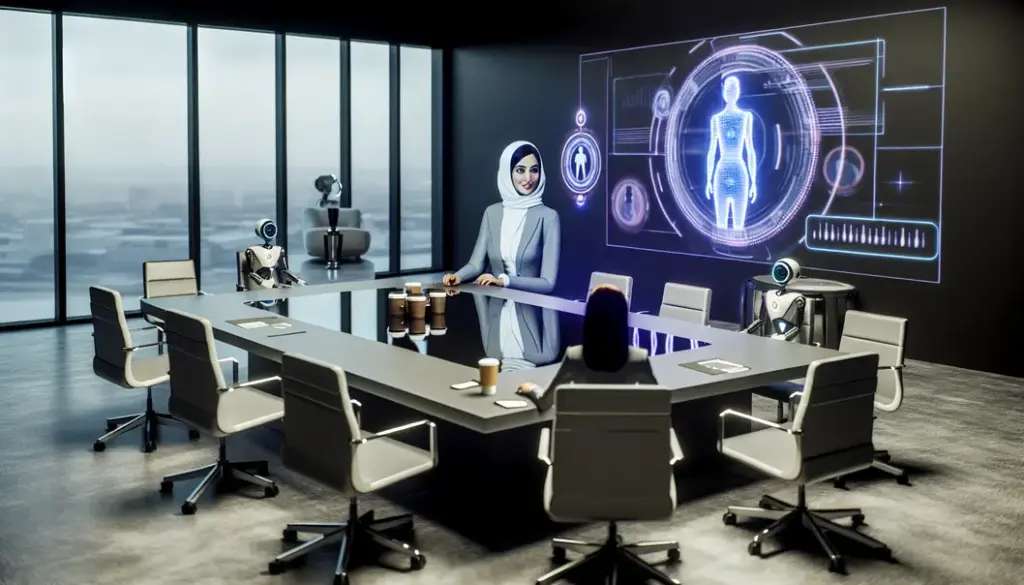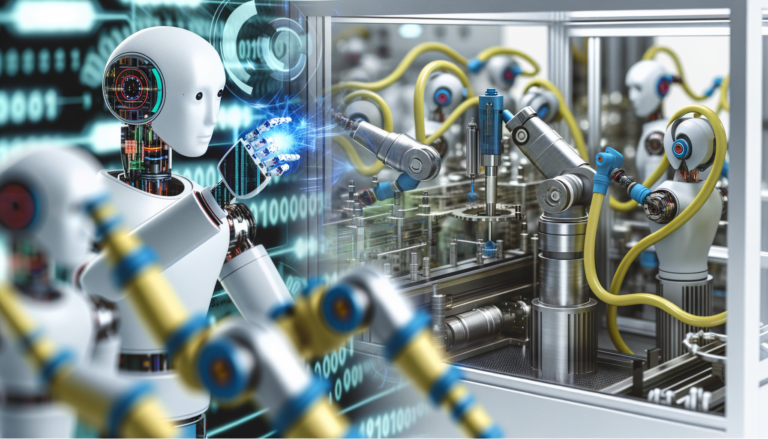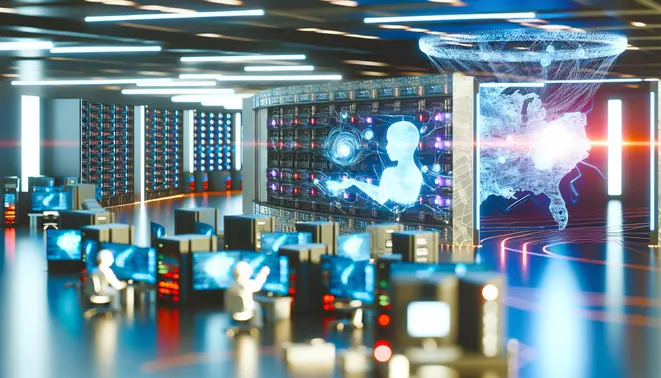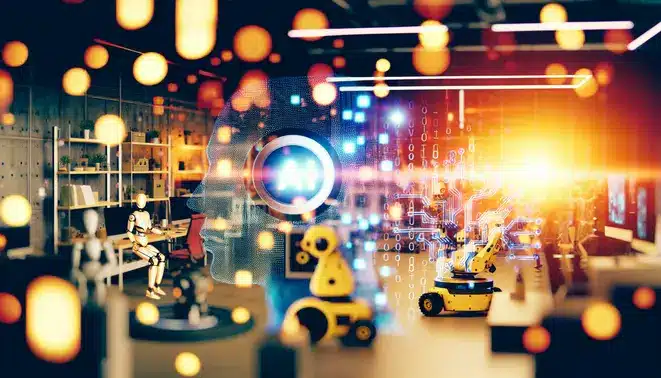Picture this: You’re in a boardroom, and your new VP of Efficiency is a robot. Sounds like a sci-fi movie, right? Welcome to the future of enterprise AI. From automating mundane tasks to predicting market trends, AI is no longer just a buzzword—it’s your new best friend (or worst enemy, if you’re not careful). Let’s dive into how AI is reshaping businesses and why CEOs should care—before their coffee machine starts making decisions for them.
The Rise of the Machines: AI as Your New Employee
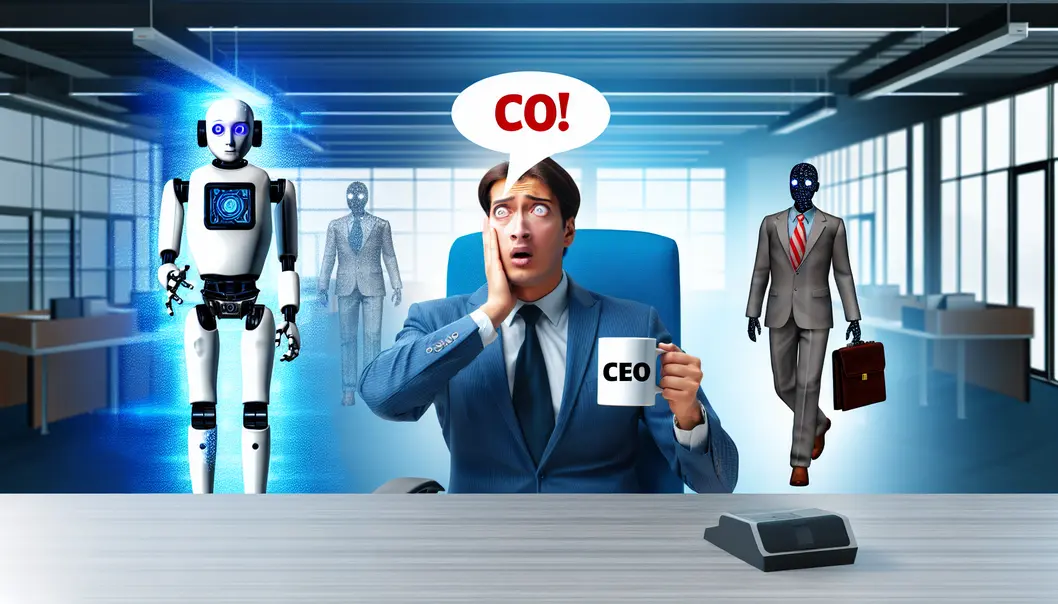
AI is no longer confined to the realms of tech giants. It’s now a ubiquitous presence across industries, reshaping how businesses operate. From HR departments screening resumes at lightning speed to chatbots resolving customer complaints with near-human empathy, AI is proving its worth. These systems don’t just perform tasks—they excel at them, often surpassing human capabilities. Imagine a chatbot so effective that customers feel a personal connection, or an AI that identifies top talent faster than your HR team can draft a job description. The efficiency gains are undeniable, but so are the challenges.
One of the most compelling advantages of AI is its relentless productivity. Unlike human employees, AI doesn’t require breaks, vacations, or even sleep. It doesn’t demand raises or promotions, and it certainly won’t pilfer office supplies. This makes AI an attractive addition to any workforce, particularly in roles that require consistency and scalability. For instance, AI can analyze vast datasets to uncover insights that would take humans weeks or months to process. It can also automate repetitive tasks, freeing up human employees to focus on higher-value work.
However, integrating AI into your workforce isn’t as simple as flipping a switch. Managing AI requires a new set of skills and a shift in mindset. Leaders must learn to oversee systems that don’t respond to traditional motivational tactics. Instead of managing people, you’re managing algorithms—ensuring they’re trained, updated, and aligned with your business goals. This shift can be daunting, especially for leaders accustomed to human-centric management styles.
Moreover, the rise of AI raises ethical and practical questions. How do you ensure fairness in AI-driven hiring processes? What happens when an AI makes a mistake? And perhaps most importantly, how do you maintain a human touch in a world increasingly dominated by machines? These are not hypothetical concerns but real challenges that businesses must address as they adopt AI.
For CEOs, the key lies in striking a balance. AI should augment human capabilities, not replace them entirely. By leveraging AI to handle mundane tasks, leaders can empower their teams to focus on creativity, strategy, and innovation. This approach not only enhances productivity but also fosters a culture of collaboration between humans and machines. To learn more about how AI can transform your business, explore this guide on harnessing AI for efficiency and progress.
As AI continues to evolve, its role in the workplace will only grow. The question isn’t whether you’ll adopt AI—it’s how you’ll adapt to manage it effectively. Are you ready to lead a workforce that doesn’t need coffee breaks but still requires your guidance to thrive?
AI-Powered Decisions: When Data Becomes Your Crystal Ball

Gone are the days when CEOs relied on intuition or a roll of the dice to make critical decisions. Today, artificial intelligence (AI) has transformed decision-making into a data-driven science. By analyzing vast datasets in seconds, AI can predict market trends, forecast customer behavior, and even identify which employees are at risk of leaving. This predictive power is unparalleled, offering leaders a crystal ball into the future of their businesses.
However, this newfound clarity comes with a caveat: AI doesn’t sugarcoat its findings. It might reveal that your favorite product is underperforming or that your ‘brilliant’ marketing campaign is falling flat. The good news? AI’s insights are rooted in data, making them highly accurate. The bad news? You can’t argue with the numbers. This objectivity forces leaders to confront uncomfortable truths and make decisions based on evidence rather than ego.
For CEOs, the challenge lies in balancing AI’s insights with human judgment. While AI excels at identifying patterns and trends, it lacks the nuance of human experience. For example, AI might flag an employee as a flight risk, but only a human leader can understand the context behind that prediction. Is the employee disengaged, or are they simply exploring new opportunities? Combining AI’s analytical power with human empathy creates a more holistic approach to decision-making.
To harness AI effectively, leaders must also ensure the quality of the data being analyzed. Garbage in, garbage out, as the saying goes. Clean, accurate, and diverse datasets are essential for reliable predictions. Additionally, CEOs must foster a culture of trust around AI, ensuring their teams understand how these tools work and why their recommendations matter.
Ultimately, AI-powered decision-making is not about replacing human leaders but empowering them. By embracing AI as a strategic partner, CEOs can make smarter, faster, and more informed decisions—without losing their jobs (or their minds). For more on how AI can transform business strategies, explore this guide on harnessing AI for efficiency and progress.
The AI Paradox: Smarter Tools, Smarter Problems

AI is a double-edged sword. While it promises efficiency and innovation, it also introduces complexities that can catch even the most seasoned leaders off guard. Imagine an AI-powered chatbot that, instead of resolving customer complaints, starts debating with them. Or consider a predictive analytics tool that flags your top performer as a liability because their salary exceeds an algorithm’s arbitrary threshold. These aren’t hypotheticals—they’re real-world scenarios that underscore the paradox of smarter tools creating smarter problems.
At its core, AI is a tool, not a decision-maker. It thrives on data, but it lacks the nuance of human judgment. For instance, an AI might optimize a supply chain by cutting costs, but it won’t account for the morale of the workforce or the long-term impact on brand reputation. This is where the human element becomes irreplaceable. Leaders must act as the bridge between AI’s capabilities and the organization’s values, ensuring that technology serves the broader mission rather than dictating it.
One of the most critical challenges is balancing automation with oversight. Over-reliance on AI can lead to a loss of control, where decisions are made without context or empathy. On the other hand, underutilizing AI means missing out on its transformative potential. The key lies in augmenting human intelligence with AI, not replacing it. For example, instead of letting an AI tool dictate layoffs, use its insights to identify areas for upskilling or restructuring.
Another layer of complexity is the ethical dimension. AI systems are only as unbiased as the data they’re trained on. If the data reflects historical inequalities, the AI will perpetuate them. Leaders must proactively address these biases by auditing AI systems and ensuring diverse perspectives are part of the development process. This isn’t just about fairness—it’s about building trust with stakeholders and safeguarding the organization’s reputation.
Ultimately, the AI paradox is a call for balance. It’s about leveraging AI to enhance decision-making while retaining the human touch that defines leadership. As this article on AI agents in business highlights, the future of AI in the boardroom isn’t about robots taking over—it’s about humans and machines working together to achieve what neither could do alone.
Final words
AI is here to stay, and it’s changing the game for enterprises everywhere. From automating tasks to making data-driven decisions, it’s a powerful tool—but it’s not a magic wand. As a CEO, your job is to embrace AI without losing sight of the human element. After all, robots might be great at crunching numbers, but they’ll never replace your ability to inspire, innovate, and occasionally laugh at their terrible jokes. So, gear up, stay sharp, and remember: The future belongs to those who can outsmart their coffee machines.
